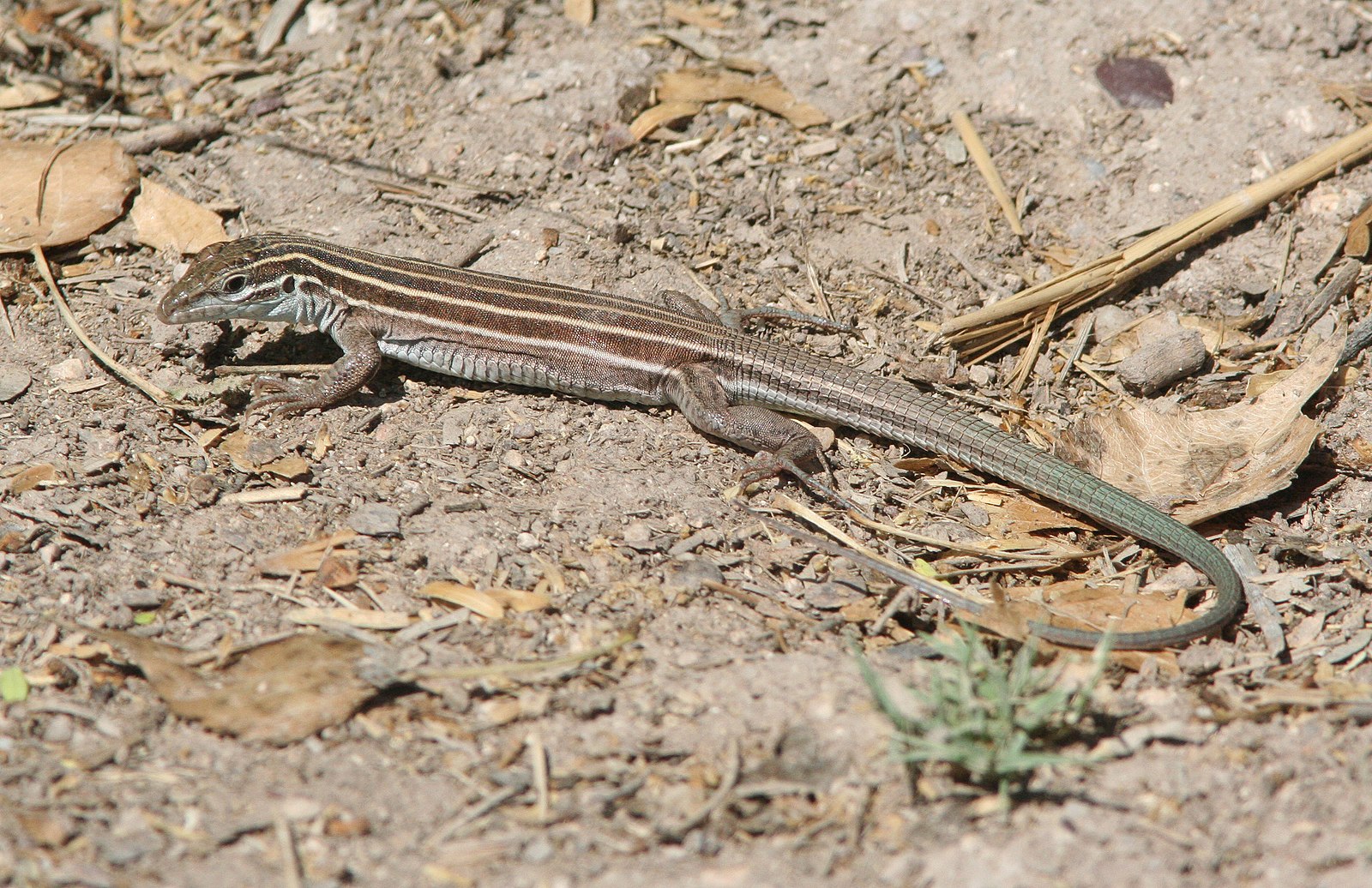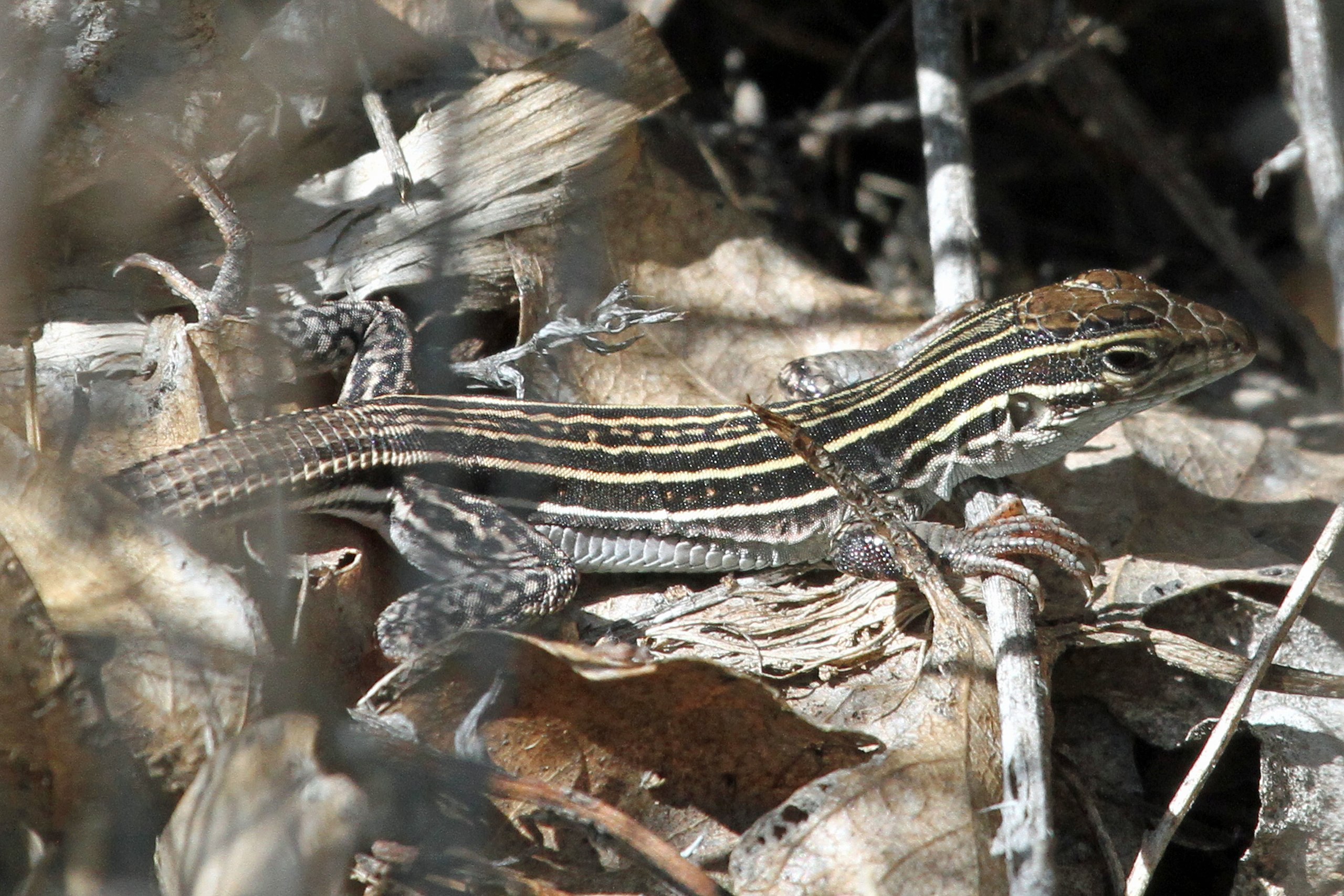
Some lady lizards don’t need no man—they reproduce all on their own.
Several species of female whiptail lizards from the southwestern United States and Mexico are capable of producing viable offspring without the help of fertilization. In fact, they’re so good at it that the species consists only of females. No males are known to exist.
The lizards (from the genus Aspidoscelis) reproduce via parthenogenesis, a process in which eggs develop into embryos without first being fertilized.

Although the lizards reproduce asexually, the offspring are not clones and don’t always have the same chromosomes as their mother. This is because the eggs of the females start off with twice as many chromosomes as an individual that reproduces sexually; and, instead of pairing chromosomes, sister chromatids are combined to allow for recombination and genetic diversity.
Scientists also believe that at some point in their history, whiptails mated with males of an entirely different species, resulting in hybridization and leading to genetic variation that is still beneficial to them today.
But females still enjoy the companionship of other lizards. Despite the fact that the lizards don’t need a male partner, researchers have observed females engaging in mating behaviors with other females, which evidently enhances ovulation. This behavior, known as pseudo-copulation, is driven by progesterone and involves individuals switching between typical male and female sexual behaviors, depending on the state of their partner.
Despite the inherent challenges of asexual reproduction, the ability for individuals to reproduce on their own can be beneficial for a species. It actually makes it easier to populate and thrive in new habitats.




